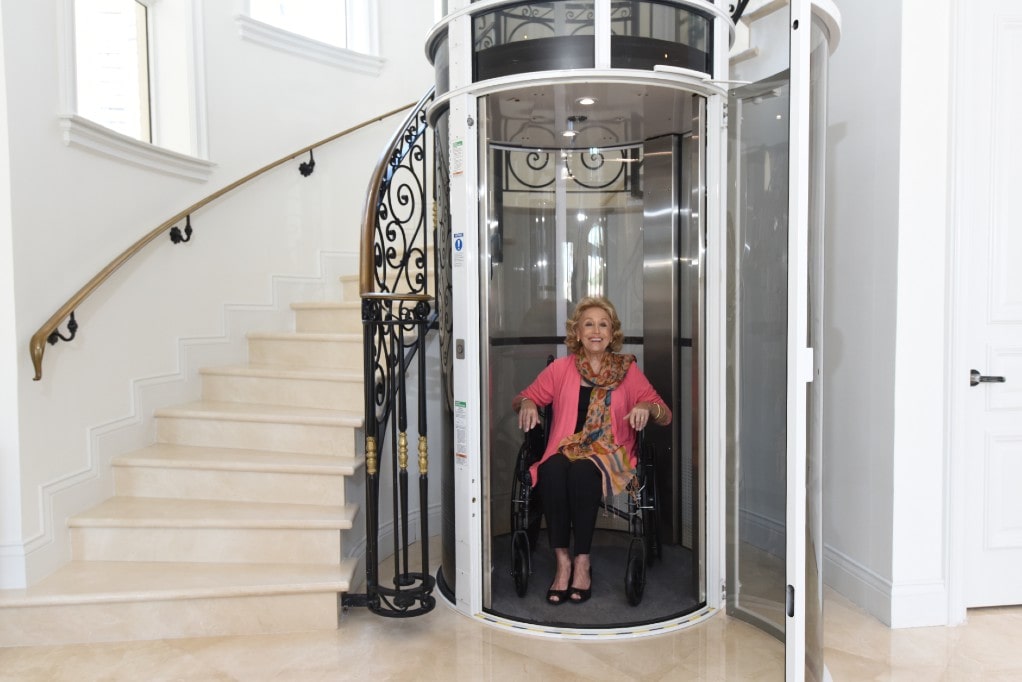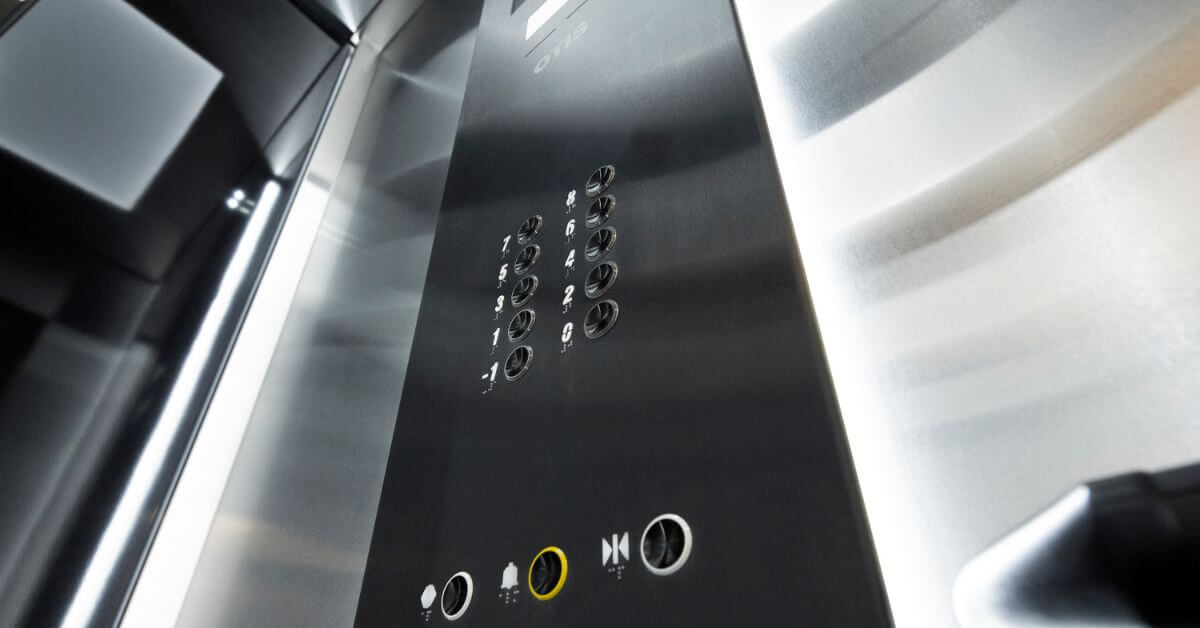London Lift Company: Trusted Experts for All Your Vertical Transportation Needs
London Lift Company: Trusted Experts for All Your Vertical Transportation Needs
Blog Article
Digging Into the World of Lifts: Common Concerns Dealt With by Various Lift Systems
As we navigate via the vertical transportation systems of contemporary structures, elevators attract attention as an important component of our every day lives. Nevertheless, behind their seamless operation lies a globe of detailed systems that can occasionally encounter challenges. From hydraulic elevators to grip systems and machine-room-less styles, each lift type includes its collection of typical issues. Understanding these challenges is essential for guaranteeing the smooth performance of these vital systems. Allow's check out the intricacies that underlie the procedure of lifts and the possible problems that can develop, shedding light on the elaborate web of lift devices.
Hydraulic Elevators
Hydraulic elevators, often chosen for low-rise structures, make use of fluid stress to control the movement of the elevator automobile (lift repair companies). This device entails a hydraulic pump pressing oil into a cylinder, causing the elevator to move in the preferred direction. While hydraulic elevators are understood for their smooth and silent procedure, they do feature their own collection of common problems
One prevalent trouble with hydraulic elevators is oil leakage. Furthermore, issues with the control system, such as faulty valves or a malfunctioning pump, can cause disruptions in the elevator's movement.
Regular upkeep and punctual repair services are important to make certain the smooth performance of hydraulic lifts. By resolving these usual problems proactively, building proprietors can lessen downtime and guarantee the safety and efficiency of their upright transport system.
Traction Lifts
When thinking about vertical transport systems in buildings, another usual kind other than hydraulic lifts is the traction lift. Traction lifts operate using a system of ropes and weights that move the lift automobile by gripping onto the hoist ropes. This device enables for smoother and faster upright transportation contrasted to hydraulic systems.
One of the typical issues dealt with by traction lifts is rope wear. The consistent movement of the ropes within the traction system can cause damage over time, potentially triggering the elevator to breakdown or end up being unsafe for use. Regular evaluations and maintenance of the ropes are important to make certain the elevator's proper functioning and safety.
An additional concern that traction elevators might run into is related to the control system. Issues with the control system can cause concerns such as irregular activity, hold-ups in feedback times, or also complete shutdowns. Normal screening and upkeep of the control system are critical to avoid such concerns and ensure the elevator's dependability.
Machine-Room-Less (MRL) Lifts

Among the key parts of MRL elevators is the portable gearless traction machine that is set up within the hoistway. This device successfully drives the elevator automobile without the need for cumbersome equipment located in standard grip lifts. Additionally, MRL lifts typically make use of a counterweight system to stabilize the vehicle, further improving their energy effectiveness.
Regardless of their benefits, MRL lifts may deal with obstacles associated with repair and maintenance due to the confined space for devices installment. Availability for servicing elements within the shaft can be limited, needing specialized training for technicians. Proper maintenance schedules and routine examinations are essential to make sure the ongoing smooth procedure of MRL lifts.
Overloading and Weight Restriction Issues
Straining and weight restriction concerns are essential problems in lift procedures. Elevator producers design raises with specific weight capacities to guarantee passenger safety and equipment durability.
When elevators are overwhelmed, it puts too much pressure on the motor, cable televisions, and other components, potentially causing malfunctions or malfunctions. Safety mechanisms such as sensors and overload sensing units remain in place to stop lifts from relocating if they find excess weight. Additionally, exceeding weight restrictions can cause increased power consumption and wear and tear on the lift system.
To alleviate overloading concerns, developing supervisors must prominently display weight limits in lifts and educate passengers on the significance of sticking to these constraints - lift repair companies. Normal maintenance checks by qualified specialists can also assist make certain that elevators are running within secure weight specifications. By dealing with overloading and weight limitation issues proactively, building owners can enhance elevator safety and efficiency
Electrical System Failings
Exceeding weight limitations in elevators can not just result in mechanical concerns yet also potentially add to electric go right here system failings within the lift infrastructure. Electrical system failures are a critical issue in elevator procedure, as they can trigger unanticipated closures, malfunctions, or perhaps safety dangers. One typical electric concern is the getting too hot of components due to extreme useful reference present circulation triggered by straining the elevator beyond its capacity. This can cause harm to the electrical wiring, control, or electric motor systems, leading to expensive repair services and downtime.
In addition, power rises or variations in the electric supply can additionally interfere with the lift's procedure, impacting its performance and safety. These electric disruptions can harm sensitive elevator elements such as control panels, circuit boards, or sensors, bring about system failings. Routine maintenance and inspections are crucial to recognize and deal with potential electric problems promptly, making certain the efficient and secure procedure of lift systems. By sticking to weight restrictions and performing routine electric system checks, structure owners can mitigate the risk of electric failings in elevators.
Conclusion

Hydraulic elevators, typically favored for low-rise structures, use fluid stress to control the activity of the elevator auto.When thinking about vertical transportation systems in buildings, one more usual type aside from hydraulic elevators is the traction elevator. Grip lifts run making use of a system of ropes and counterweights that move the elevator car by gripping onto the hoist ropes. Unlike typical lifts that require a different equipment room to house the equipment, MRL elevators integrate many of the elements within the shaft, getting rid of the need for a dedicated maker room.In verdict, lifts face typical problems such as hydraulic malfunctions, traction system failures, and electrical system troubles.
Report this page